When Was the London Hard Fork Upgrade Implemented on the Ethereum Network?
- The London Hard Fork was implemented on August 5, 2021, at block 12,965,000, introducing EIP-1559 and four other protocol improvements.
- EIP-1559 replaced Ethereum's auction-based fee system with an algorithmic base fee, making transaction costs more predictable for users.
- Every transaction's base fee is permanently burned, creating deflationary pressure that has removed over 4.3 million ETH from circulation.
- The upgrade delayed the difficulty bomb to December 2021, providing time for Ethereum's eventual transition to proof-of-stake.
- Combined with The Merge in September 2022, the London upgrade fundamentally changed Ethereum's monetary policy and supply dynamics.
- Average base fees have dropped from 41 gwei to around 7 gwei due to layer-2 scaling improvements and the March 2024 Dencun upgrade.
When Was the London Hard Fork Implemented
What Was the London Hard Fork?
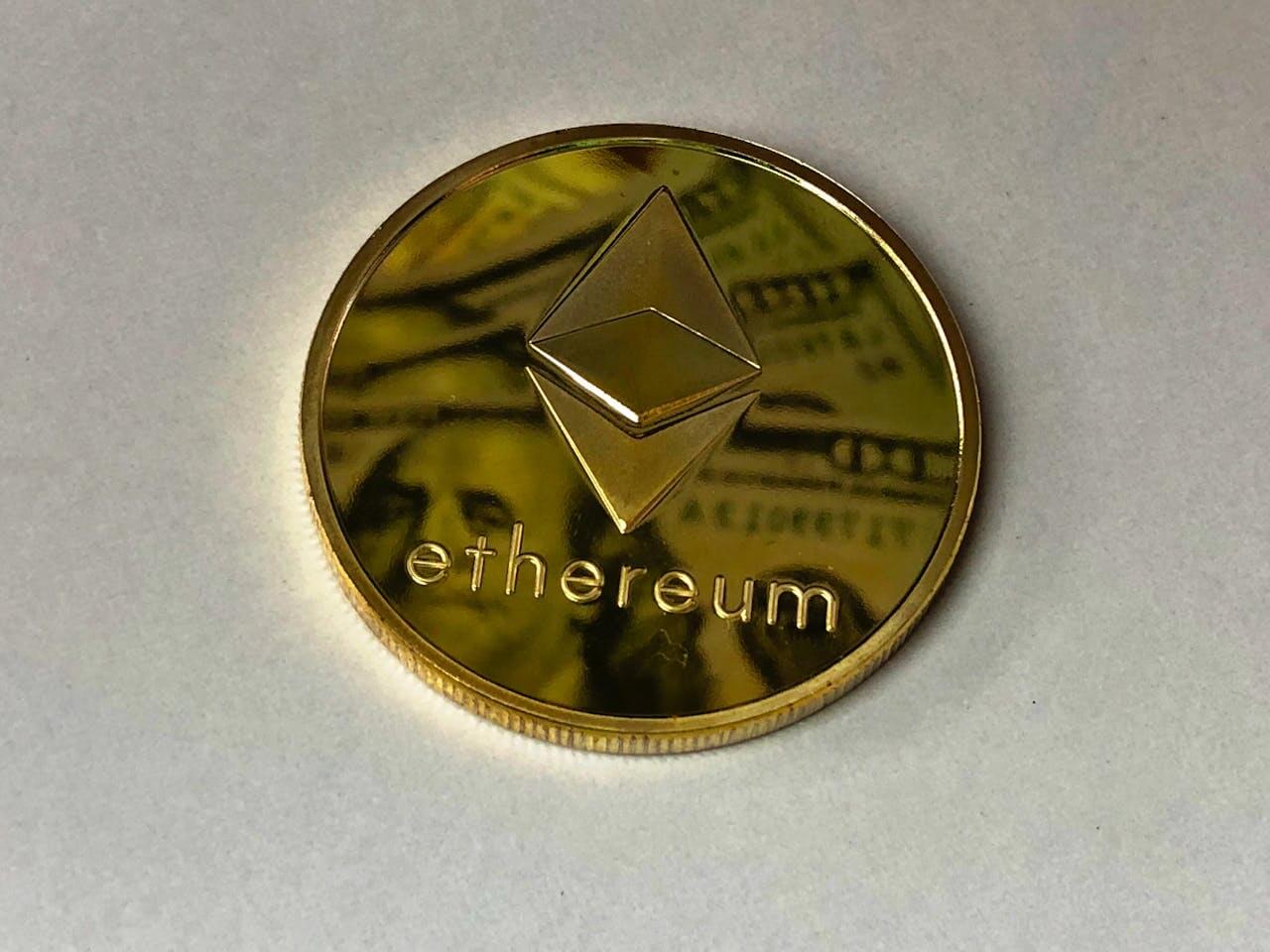
Key Changes from The Ethereum London Hard Fork
1. EIP-1559: The Revolutionary Base Fee System
2. How the London Upgrade Changed Transaction Fees
3. Ethereum's Fee Burning Mechanism After London
4.London Hard Fork Changes for Ethereum Miners

Immediate Impact After the London Hard Fork Implementation
1. Ethereum Price After London Hard Fork Implementation
2. How the London Upgrade Improved Ethereum Network
3. Ethereum Network Performance After London
Long-Term Effects of the Ethereum London Upgrade
1. Ethereum Supply Reduction from London Hard Fork
2. London Hard Fork and Ethereum's Network Evolution
3. Transaction Changes Since London Hard Fork Implementation
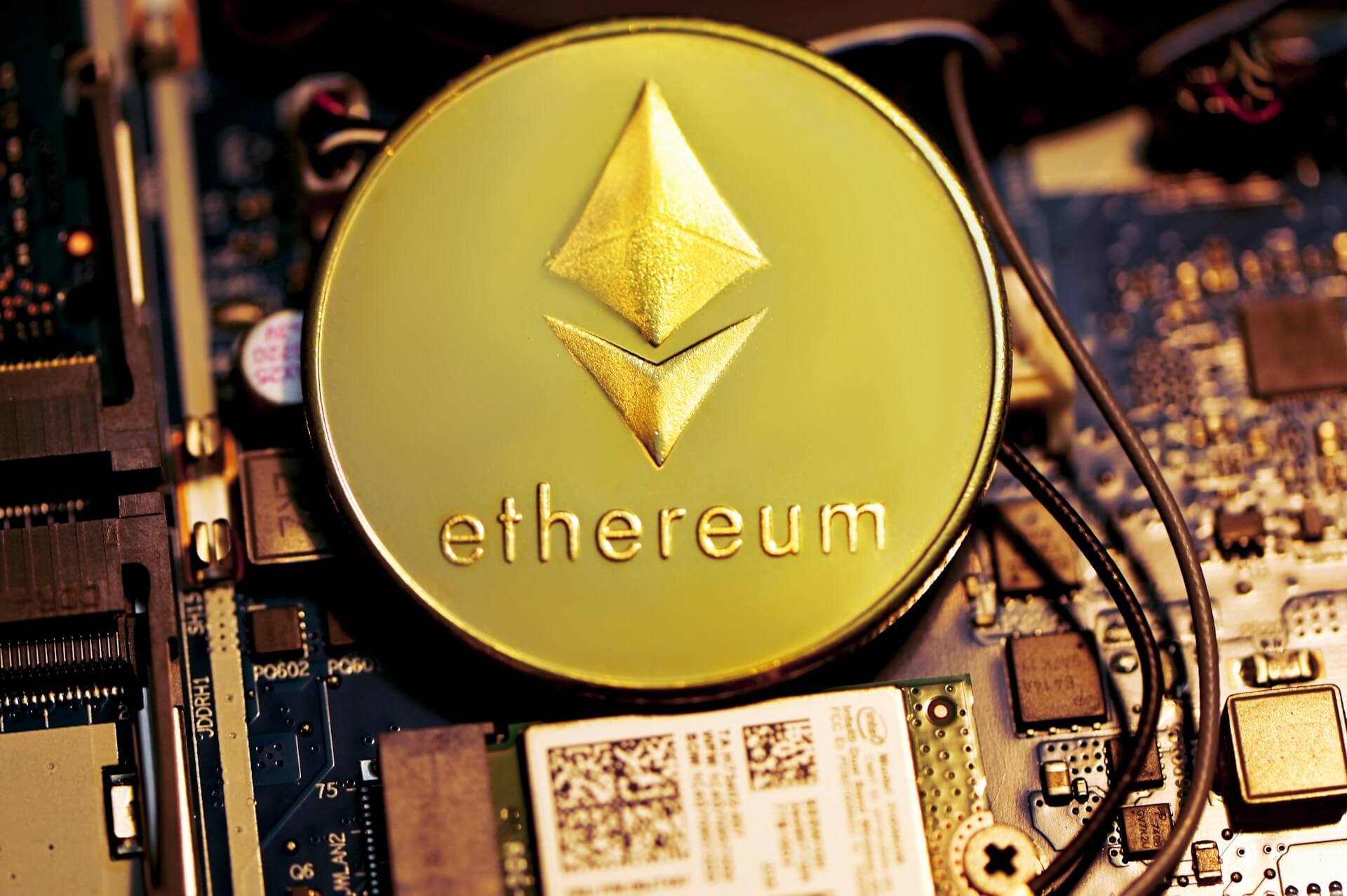
What the London Hard Fork Means for Ethereum Users

Frequently Asked Questions
Conclusion
Popular Articles
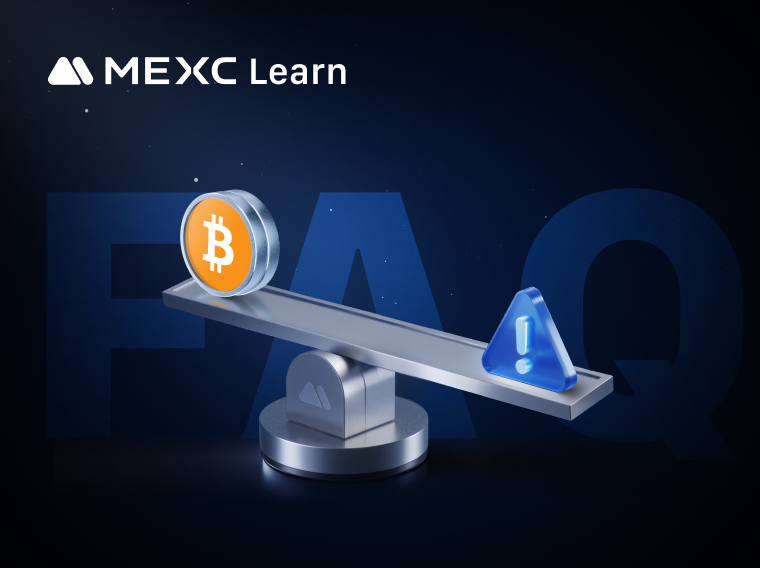
Understanding Liquidation Risk: FAQs and Protection Tips
On MEXC, users can trade either USDT-M Perpetual Futures, with leverage up to 500x, or Coin-M Perpetual Futures, with leverage up to 200x. While high leverage offers the potential for significantly am

On What Date Was the First Block of the Ethereum Blockchain Mined?
If you've ever wondered about Ethereum's beginning, you're asking the right question. The story of when Ethereum's first block was mined marks one of the most significant moments in cryptocurrency his
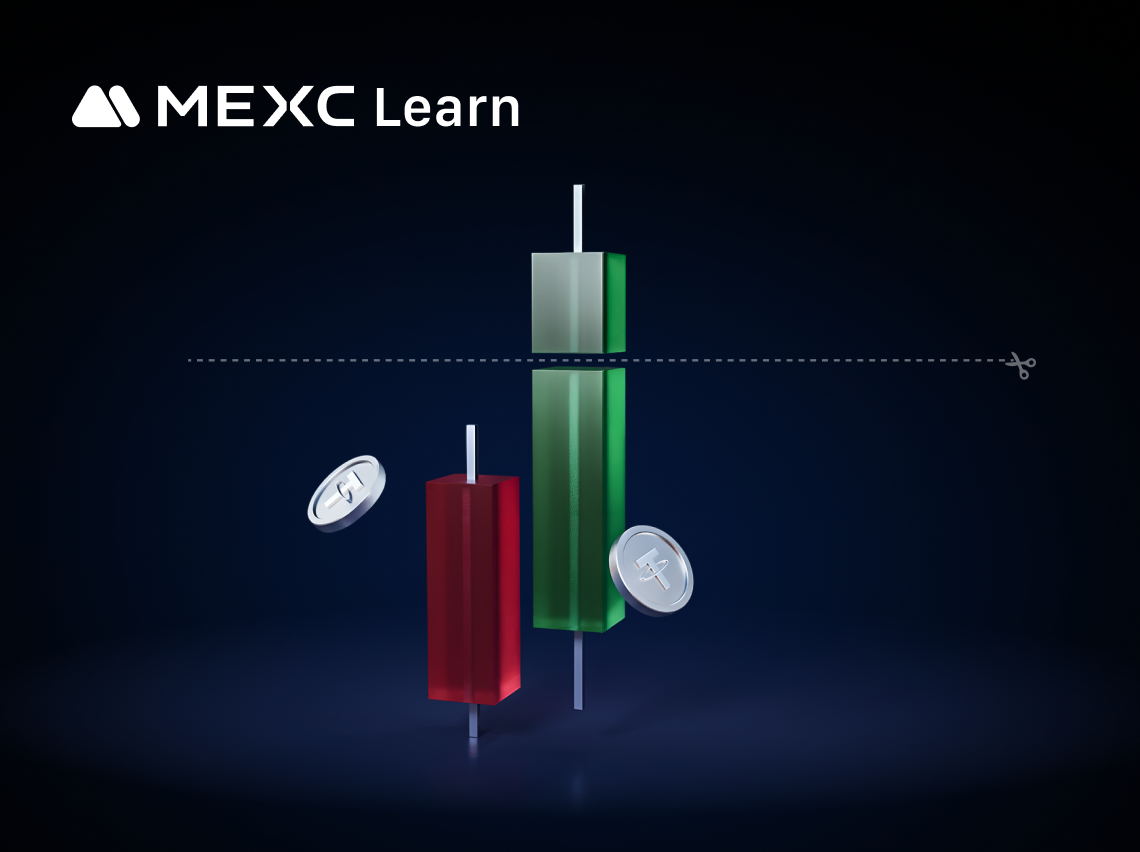
MEXC Advanced Futures Trading Strategies: Take Profit to Lock in Gains
When trading futures, successfully opening a position is only half the battle. The key to determining the success of a trade lies in closing it effectively: locking floating profits on the books into
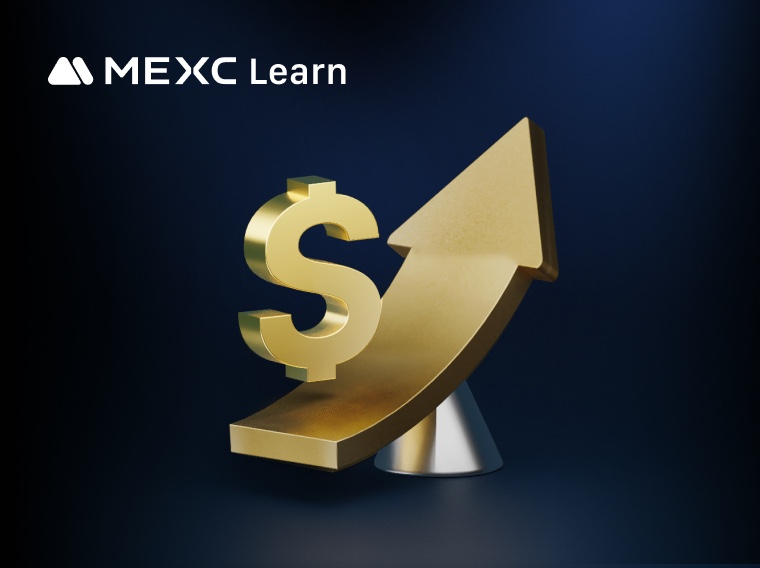
Maximize Profits or Face Liquidation? Mastering the Core Mechanics of Futures Leverage for Optimal Capital Efficiency
In the cryptocurrency and derivatives markets, leveraged futures trading is a powerful yet high-risk instrument. By enabling traders to control substantial positions with relatively small amounts of c
Hot Crypto Updates
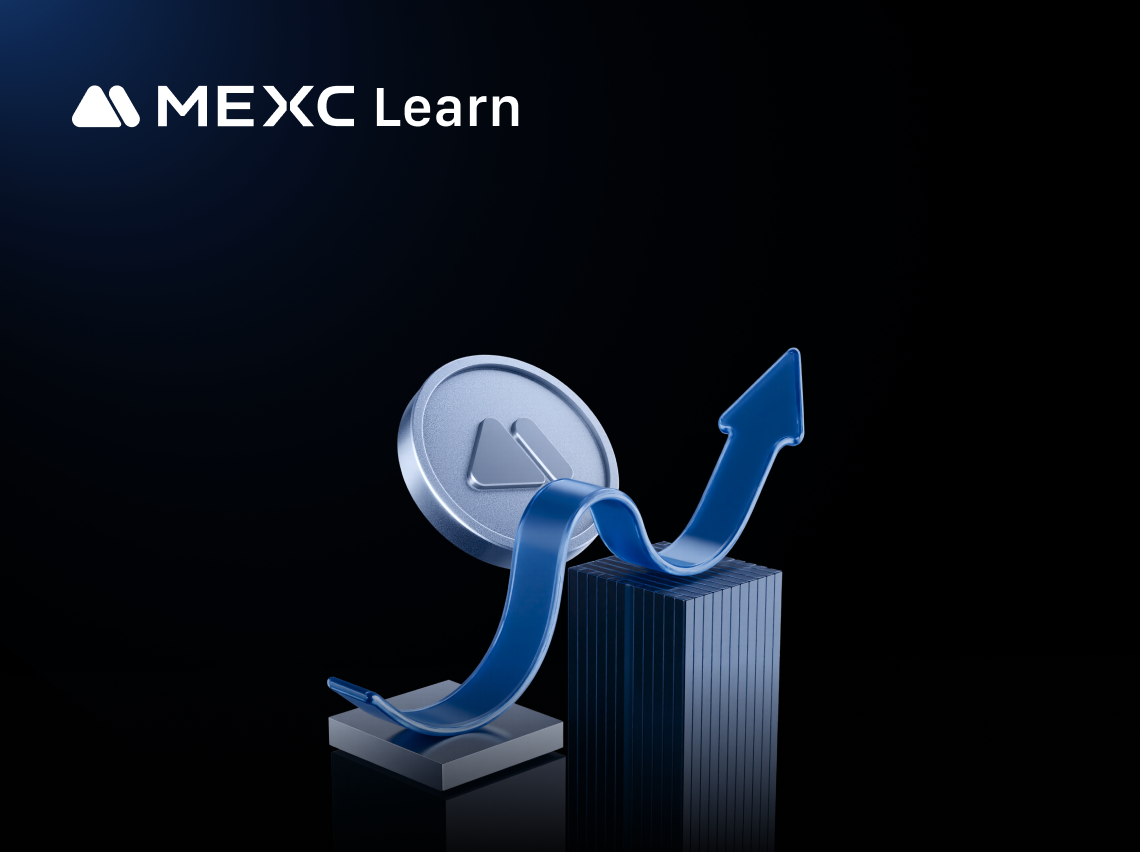
Is Anoma (XAN) Legal? Compliance Guide for Traders
Introduction to Anoma (XAN)'s Legal ClassificationAnoma (XAN) is an innovative cryptocurrency operating in the global digital finance sector, designed as an intent-centric decentralized operating syst
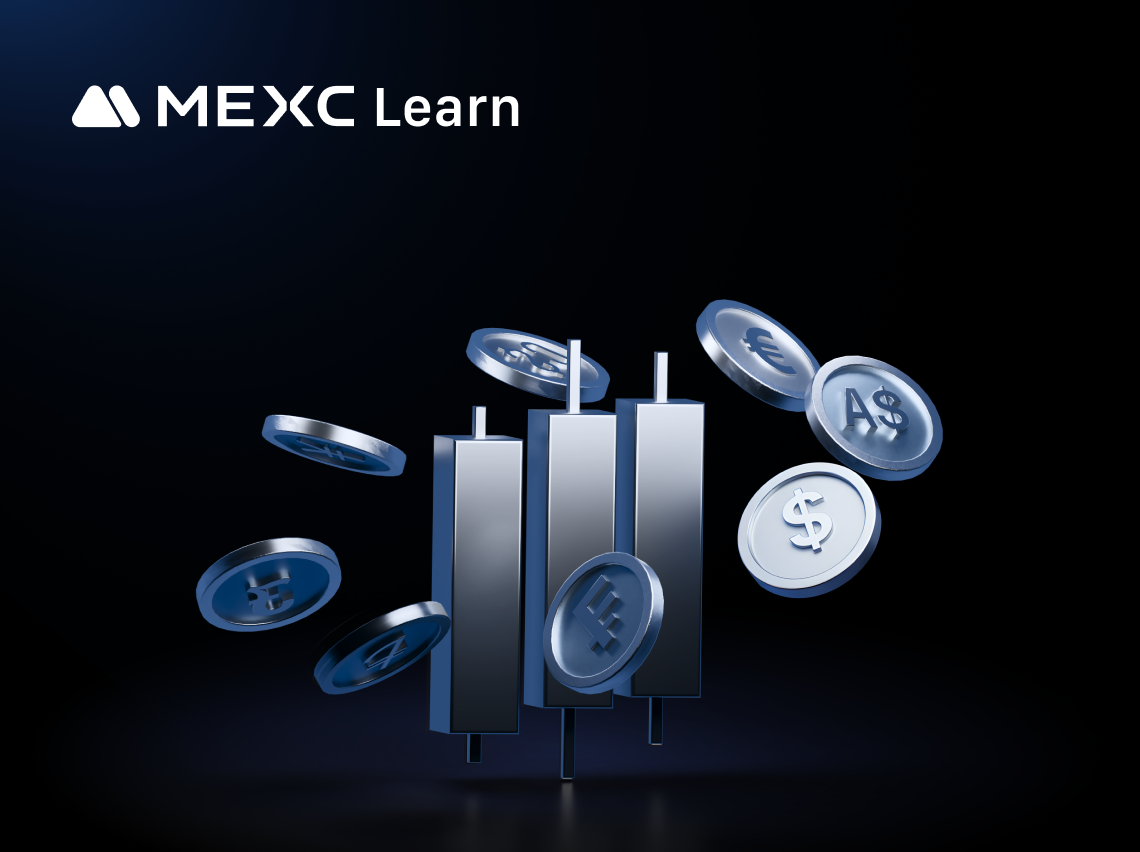
How to Select an Anoma (XAN) Trading Platform with Low Fees
Introduction to Trading Fee Structures for Anoma (XAN)When trading Anoma (XAN) or any cryptocurrency, fees can significantly impact your overall returns, especially for active traders who make frequen
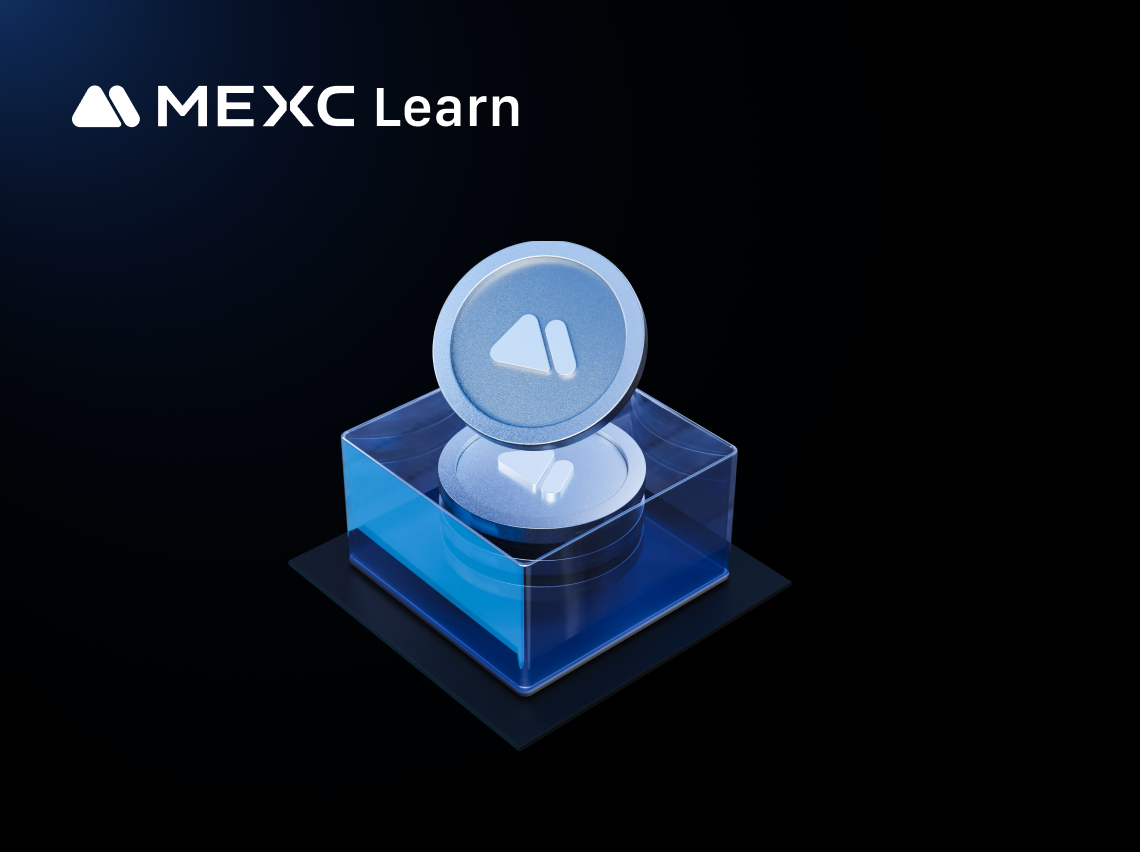
Anoma (XAN) Derivatives 101: Beginner's Guide
Understanding Anoma (XAN) DerivativesAnoma (XAN) derivatives are financial contracts that derive their value from the underlying Anoma cryptocurrency without requiring ownership of the actual XAN toke
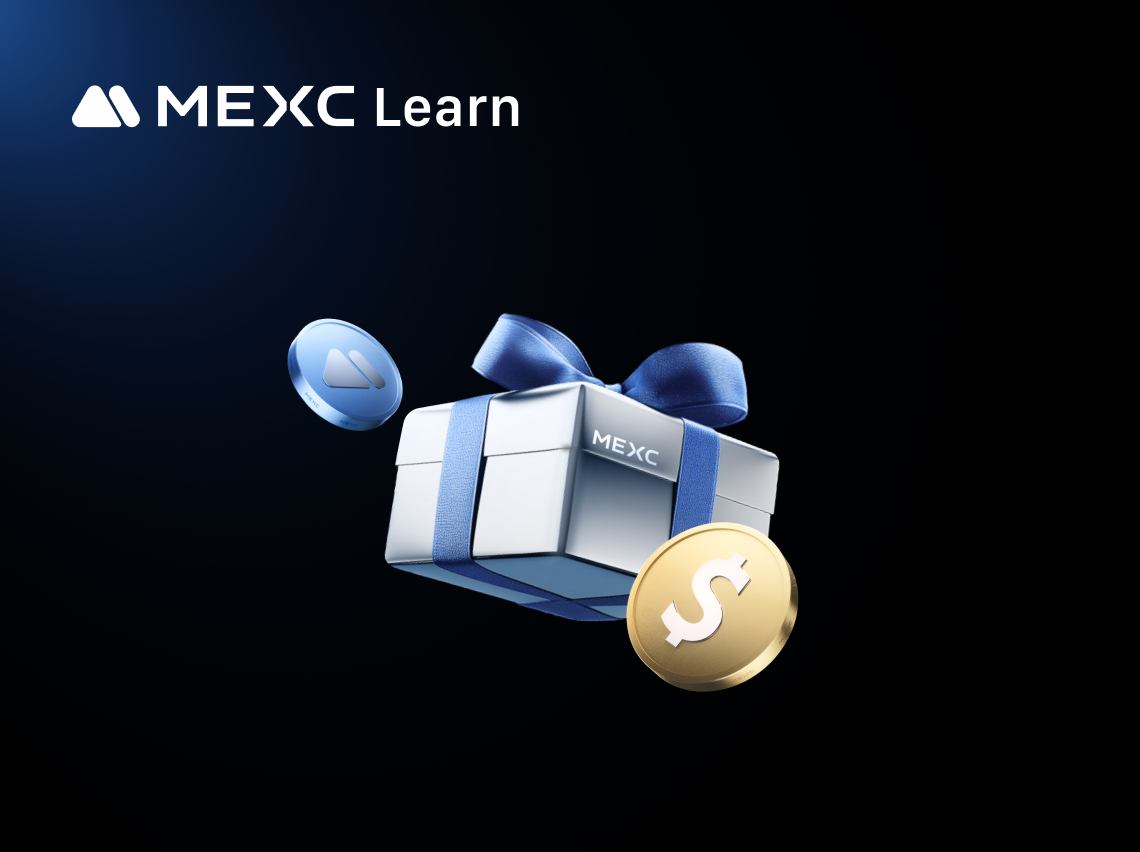
Anoma (XAN) Futures Trading: Risks and Rewards
Introduction to Anoma (XAN) Futures TradingAnoma (XAN) futures contracts allow traders to buy or sell XAN at a predetermined price at a future date without owning the actual Anoma tokens. Unlike spot
Trending News

Logitech G Drops a Wide Array Of New Products And Innovations At Logitech G PLAY 2025
Logitech G PLAY 2025 is a live-streamed global gaming event that brings together press, partners, creators, and fans to explore the future of gaming. The array of products and experiences included maj
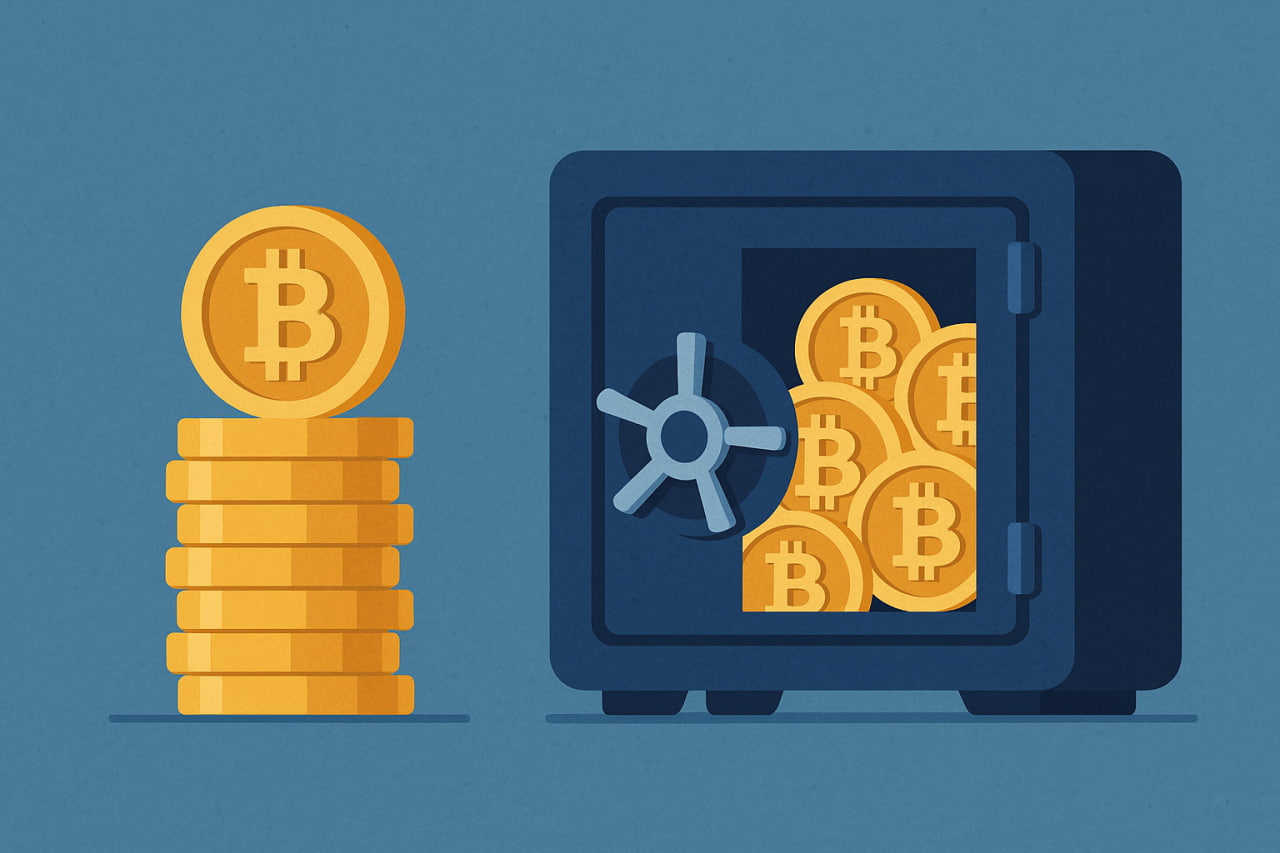
Only a Few Crypto Treasuries Will Survive, Warns Coinbase Research Chief
That’s the view of David Duong, who leads investment research at Coinbase, and sees the sector moving into a consolidation […] The post Only a Few Crypto Treasuries Will Survive, Warns Coinbase Resear
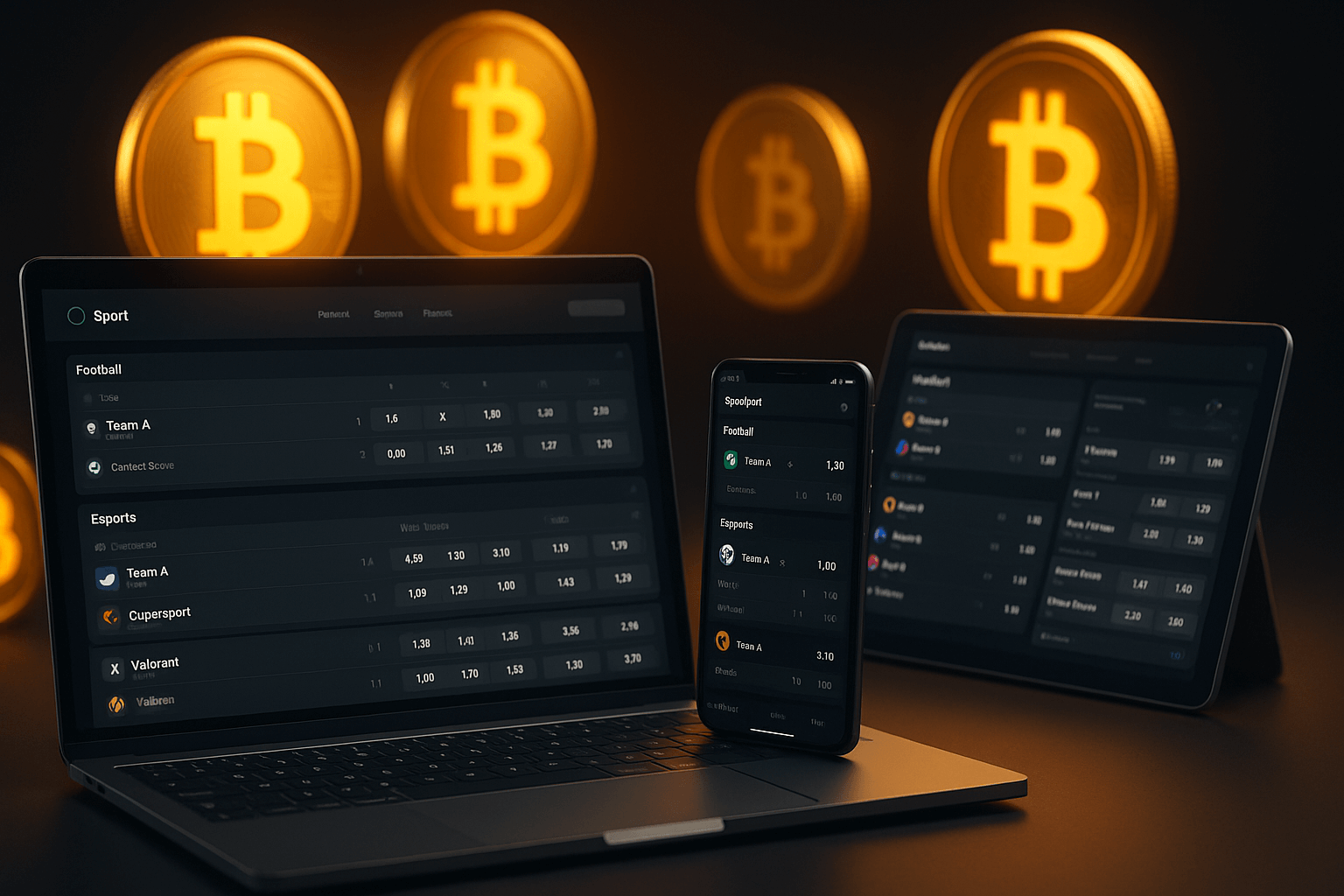
Betting With Crypto? Best Bitcoin Sportsbooks to Use in October 2025
If you want to bet with Bitcoin (or other cryptos) in 2025, you need a sportsbook that combines trust, liquidity, speed, and good promotions. In this article, we profile the best crypto sportsbooks av
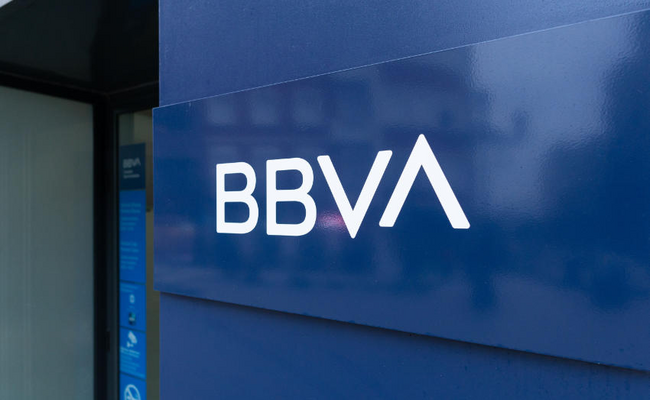
BBVA and SGX FX Partner to Launch 24/7 Regulated Crypto Trading for Retail Investors in Europe
Highlights: BBVA and SGX FX partner to launch 24/7 Bitcoin and Ethereum trading under Europe’s MiCA regulation. BBVA becomes the first EMEA bank to use SGX FX’s crypto infrastructure for retail client
Related Articles

Understanding Liquidation Risk: FAQs and Protection Tips
On MEXC, users can trade either USDT-M Perpetual Futures, with leverage up to 500x, or Coin-M Perpetual Futures, with leverage up to 200x. While high leverage offers the potential for significantly am

On What Date Was the First Block of the Ethereum Blockchain Mined?
If you've ever wondered about Ethereum's beginning, you're asking the right question. The story of when Ethereum's first block was mined marks one of the most significant moments in cryptocurrency his

MEXC Advanced Futures Trading Strategies: Take Profit to Lock in Gains
When trading futures, successfully opening a position is only half the battle. The key to determining the success of a trade lies in closing it effectively: locking floating profits on the books into

Maximize Profits or Face Liquidation? Mastering the Core Mechanics of Futures Leverage for Optimal Capital Efficiency
In the cryptocurrency and derivatives markets, leveraged futures trading is a powerful yet high-risk instrument. By enabling traders to control substantial positions with relatively small amounts of c
